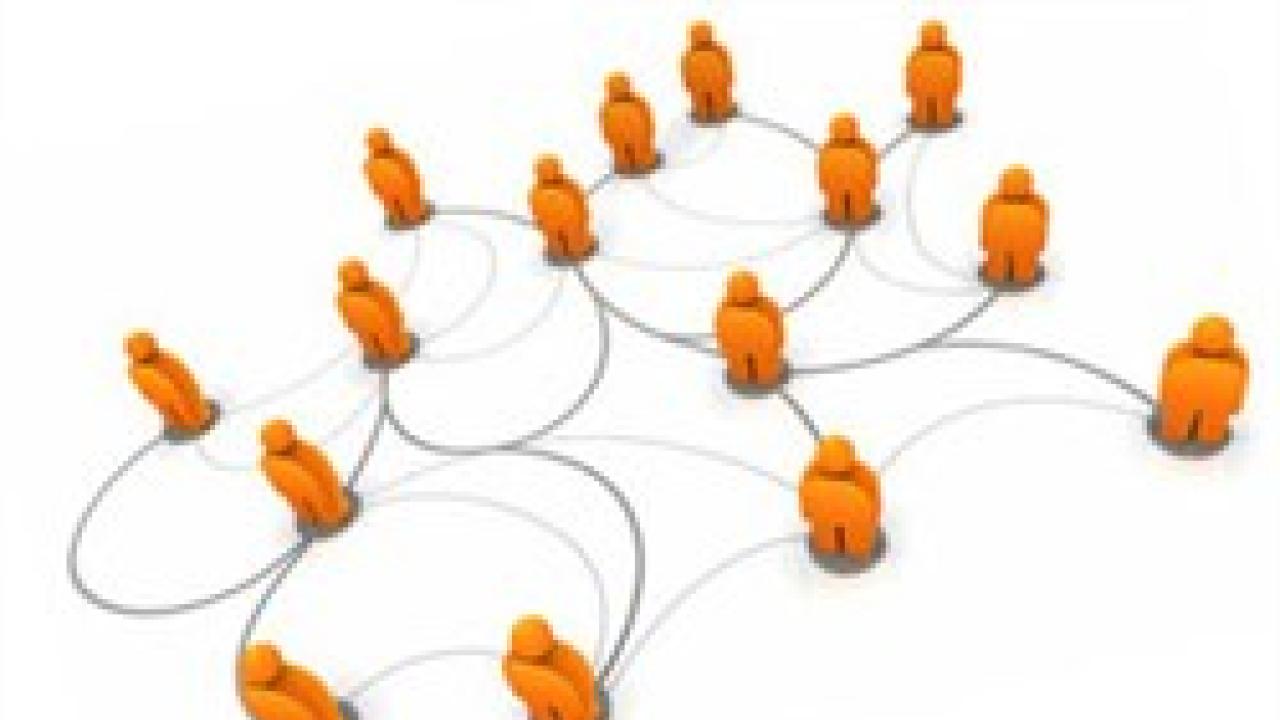
New research on collaborative behaviour in social networks
provides insights on strategies related to coalition forming,
contractual agreements and negotiation.
The research, titled "Collaboration in Social Networks", appeared
in the Proceedings of the National Academy of Sciences (PNAS)
Online Early Edition (20 February 2012). It was carried out by ICTP
physicist Matteo Marsili of the Centre's Condensed Matter and
Statistical Physics section, along with Luca Dall'Asta of the
Politecnico di Torino and Paolo Pin of the Universita degli Studi
di Siena.
"Why do people collaborate in situations where defection or free
riding on others' efforts would be the optimal course of action for
selfish individuals? This is a central issue in game theory, and
one of the key insights is that, when two individuals repeatedly
interact over time, collaboration might be the optimal choice,
given that the opponent may credibly punish non-collaborative
behaviour by defection, or collaborate conditionally on the
collaboration of the opponent," said Marsili.
The extension of this insight to more complex situations where
many individuals interact on a social network is non-trivial.
Marsili et al. found that players can credibly threaten only a
subset of the players they interact with and that punishment must
be reciprocal.
The researchers found that the possible collaborative agreements
turn out to be subgraphs of the social network that can be
quantitatively studied with tools of statistical physics.
This shows, in particular, that when the cost of collaboration is
small, the subgraphs that sustain collaboration have a local
nature, but when they are high a critical mass is required for
collaboration to emerge. This provides a theoretical foundation for
several empirical findings in the sociology.
















